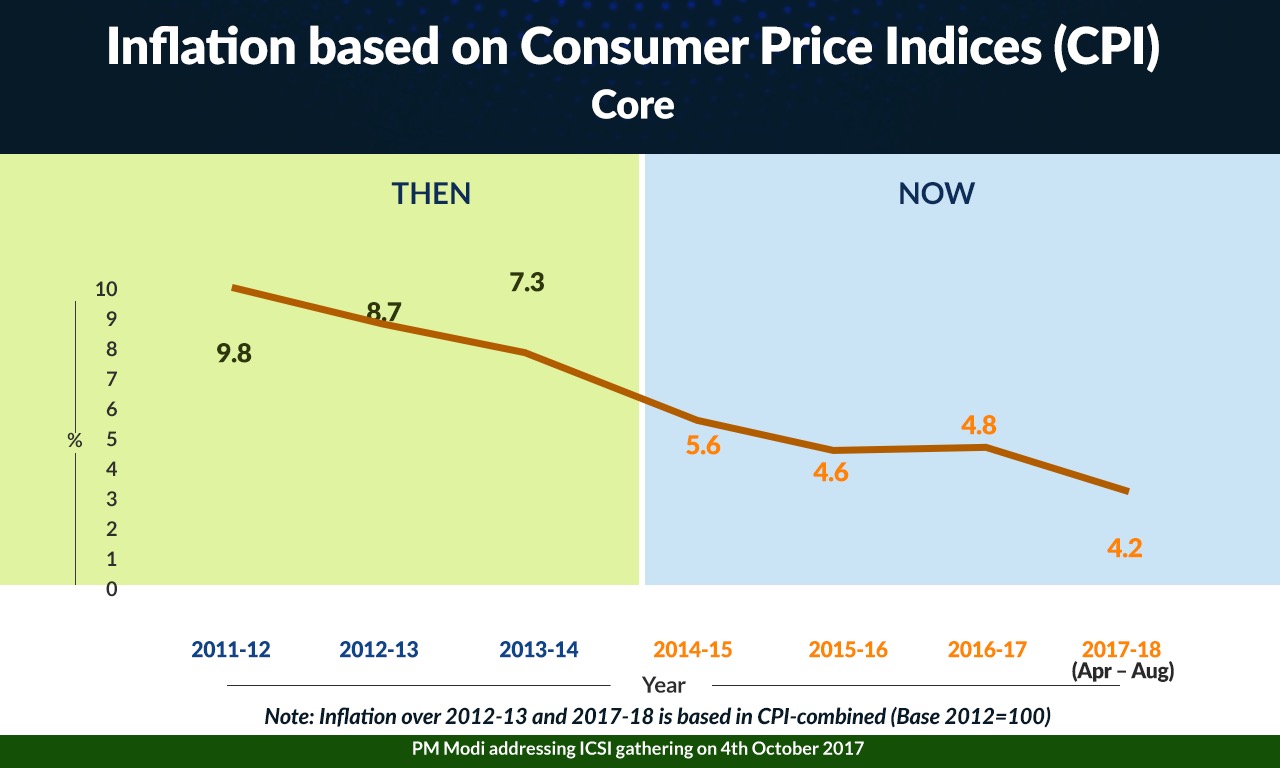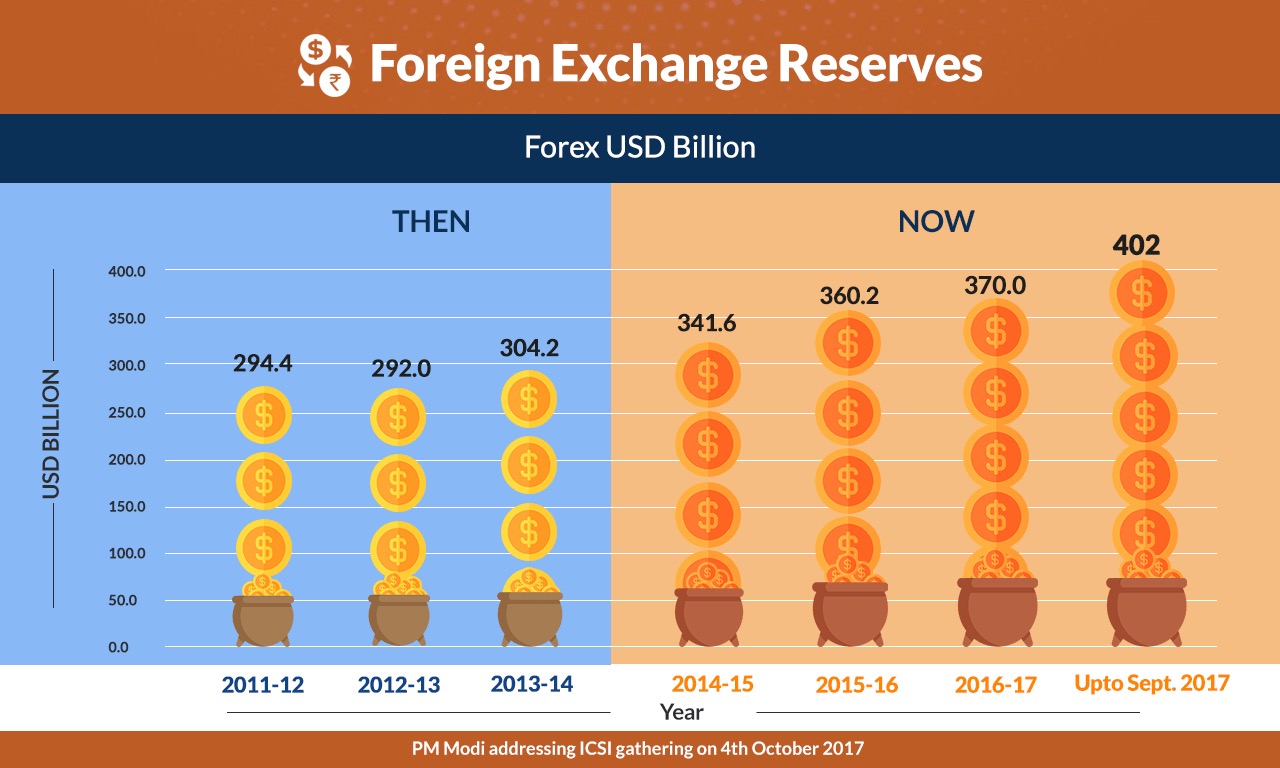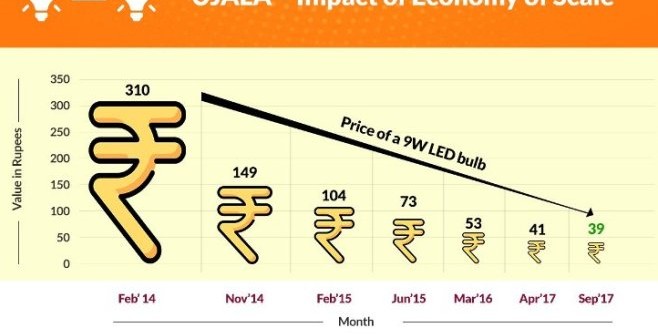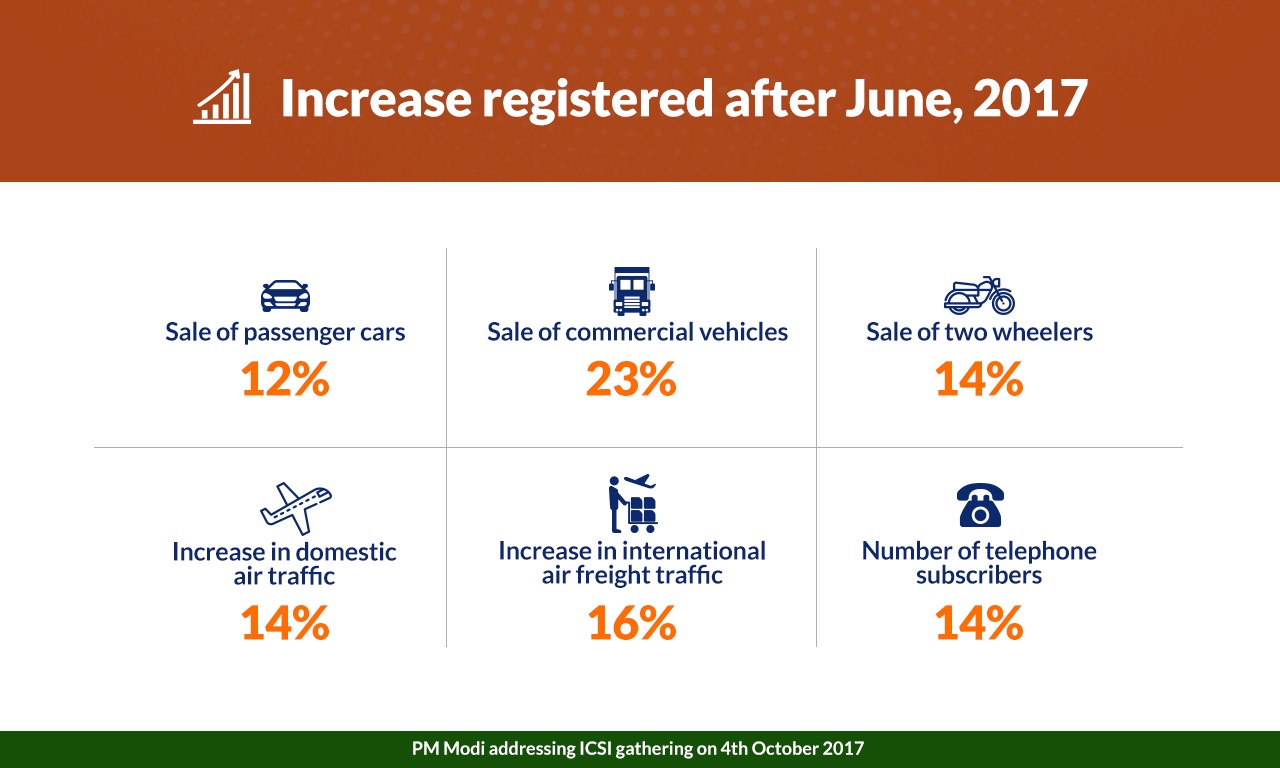India Inc. Founder & CEO goes behind the headline data to highlight why economic growth is on a revival path.
The problem with most economic reform measures is that the pain is front-loaded and the losers feel the pinch immediately but the gains are spread over many future quarters and the potential winners have no way of knowing the benefits that will accrue to them.
That, I feel, is the crux of the debate raging in India today.
Some background and context will be in order here: the Indian economy slowed to a three-year-low growth rate of 5.7 per cent in the April-June 2017 quarter, or Q1 of the current financial year, down from 6.1 per cent in the preceding quarter.
Coming close on the heels of two major structural reforms in the form of demonetisation and the introduction of the Goods and Services Tax (GST), this gave critics within and outside the ruling BJP a handle to criticise the Modi government’s handling of the economy.
Their charge: the government had mismanaged the two recent big ticket reform moves – demonetisation and GST – and so, was responsible for the resulting slowdown.
How correct is this charge?
On the face of it, it does sound compelling. But dig a little deeper and the charge begins to unravel faster than the proverbial snowball in hell.
Yes, the headline growth rate looks poor, especially when compared to expectations of near 8 per cent growth. But do bear in mind what the Prime Minister very lucidly pointed out recently – that it is the figure of only one quarter… and that too, of a quarter when a lot of destocking had taken place in anticipation of the introduction of GST even as the lingering after-effects of the demonetisation exercise had yet waned fully.
But one swallow does not make a summer.
The President of the World Bank as well as most economists and industrialists are confident that the fall in growth rate was just a minor aberration and that the implementation of GST and the reduction in the size of the shadow economy following demonetisation will take the economy to a higher growth trajectory.
But let’s not take these gentlemen at their face value. What do the numbers say? Does it support the contention that the Modi government has mismanaged the economy?
Inflation based on the Consumer Price Index hovered between 8.4 per cent and 9.4 per cent in the last three years of the previous Congress-led UPA regime. Under Modi, it has fallen consistently from almost 7 per cent when he assumed office to 2.5 per cent now. The Consumer Food Price Index has fallen from a high of 12.1 per cent in 2013-14, the last full year of the Manmohan Singh government’s tenure, to 4.2 per cent in 2016-17 and further to -0.3 per cent in the April-August 2017 period.

Now that doesn’t look like mismanagement to me, but I’ll leave it to you to judge.
Foreign exchange reserves, which is an important measure of the strength of an economy and the confidence that foreign investors place in its management, have recently hit a record high of $402 billion. How much did the UPA leave behind? In the last three years of its rule, it hovered consistently just below the $300-billion mark, rising to $304 billion a few months before it demitted office. This late surge was driven by investments in Indian stocks on optimism about Modi winning the elections.
If some people think the accretion of more $100 billion in foreign reserves in three years is a sign of economic mismanagement, then they obviously need to re-read their school-level economics textbooks before returning to this debate.
Remember those days four-five years ago when experts across the world were debating whether India deserved to be part of BRICS and whether it would be better to place it among the ranks of the Fragile 5 economies (that could go under any time)? Well, the managers of the economy – I won’t take names here since I don’t want to make this personal – then had tried to spend their way out of trouble. Result: Their profligacy had raised the fiscal deficit to a dangerously high level – of 5.9 per cent in 2011-12 and 4.5 per cent in the last year of their reign. This had sent the rupee into a free fall against the dollar and all bets on India had been called off. It was left to the much maligned Arun Jaitley – I am mentioning him only because he has been criticised personally – to rein in this runaway deficit, restore fiscal discipline and bring this gap down to a manageable 3.5 per cent.
Sign of economic mismanagement? Ha, ha! I rest my case.
Now, let me turn to the other, related, charge that the economy is on a downhill spiral from which it will be difficult to pull back.
Proving the World Bank chief’s contention that the slowdown in the first quarter of this financial year is an aberration, several important indicators of economic growth have registered a smart about turn.
Consider these: Since June 2017, passenger car sales have grown 12 per cent, the sale of commercial vehicles – considered an important pointer to the state of an economy – have zoomed 23 per cent, two-wheeler sales have jumped 14 per cent, while domestic and international air travel have risen 14 per cent and 16 per cent, respectively, and the number of telephone subscribers have increased 14 per cent.
I must point out to the naysayers with utmost humility that these don’t look like figures from a decelerating economy.
I could go on. So many other parameters – length of highways constructed, length of village roads constructed, new railway lines laid, gauge conversion, house construction, among many others – in the last three years show a marked improvement over the corresponding UPA-era figures.Obviously, the critics will not be convinced because the most difficult thing to open in the world is a closed mind.
Like millions of Indians, I’ll wait – for a few quarters more. By then, the teething troubles accompanying the launch of GST will almost certainly have been sorted, paving the way for higher economic growth and a return of a very palpable feel good factor.








